The pitfalls of hydropower as a “clean” energy source
And climate change mitigation strategy
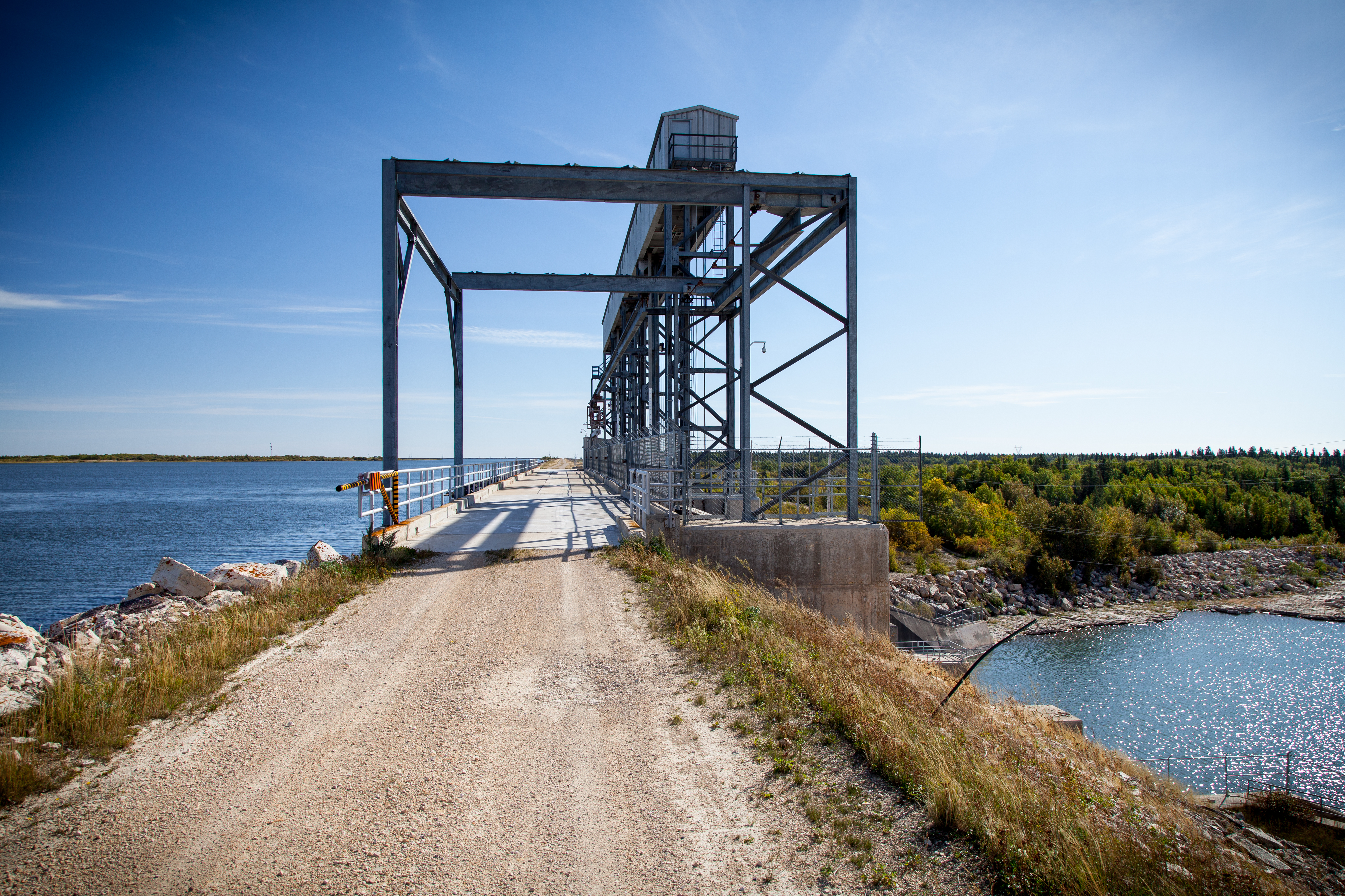
This article originally appeared in the Summer 2022 issue of Intersections.
Hydropower is frequently considered a “green” electricity source that is necessary for Canada to transition away from fossil fuel use. While there are various forms of hydro-electric generation, the preferred approach in Canada and in countries around the world continues to be large-scale, megadam projects. These multi-billion-dollar developments involve constructing concrete dams to block and divert the flow of rivers, raising the water level to create reservoirs that flood vast tracts of land. The return from these hydro-electric generating stations—often located far away from dense urban populations—is many megawatts of uninterrupted and renewable power without smokestacks or nuclear waste. Yet, hydro-electric development is not free from climate change impacts and has major adverse impacts on Indigenous nations, animals and plants.
The return from these hydro-electric generating stations—often located far away from dense urban populations—is many megawatts of uninterrupted and renewable power without smokestacks or nuclear waste. Yet, hydro-electric development is not free from climate change impacts and has major adverse impacts on Indigenous nations, animals and plants.
In Manitoba, approximately 96 percent of electricity is sourced from 15 hydro-electric generating stations located mostly in the northern regions of the province. To amplify the output of these stations, the Churchill River was diverted, which massively reengineered and reversed the flow of the natural watershed. Indigenous communities living along hydro-affected waterways experience impacts most acutely. For nearly five decades, MCC Manitoba has worked alongside the Interchurch Council on Hydropower in advocating for fair treatment of people and lands impacted by hydro-electric development in northern Manitoba.
Ellen Cook, co-chair of the Interchurch Council on Hydropower from Misipawistik (Grand Rapids) First Nation, and Kerry Saner-Harvey, MCC Manitoba Indigenous Neighbours program coordinator, discussed the impacts of hydro-power on communities in Manitoba and connections to climate change. The following is an edited version of their conversation.
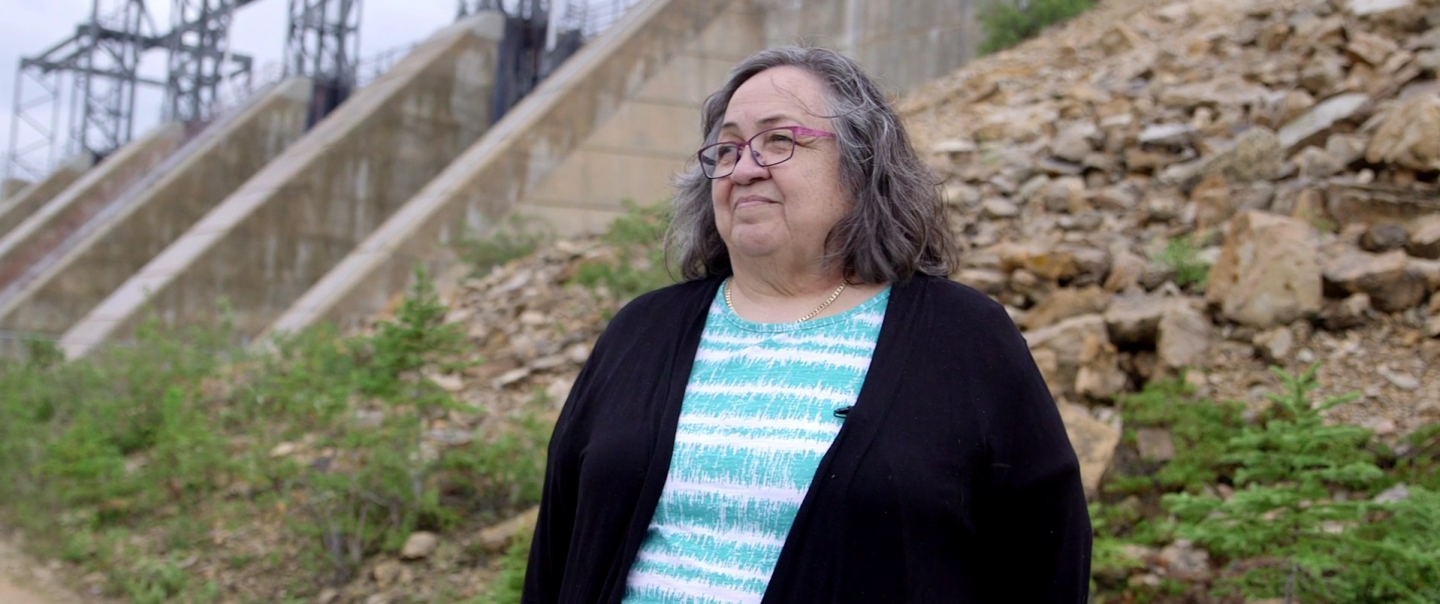
Kerry: Your childhood home and community, Misapawistik (Grand Rapids) First Nation, was deeply impacted by the construction of the Grand Rapids generating station in the 1960s. As someone who has experienced first-hand the impact of large-scale hydro development and has spent many years now advocating on behalf of hydro-impacted communities, what is your perspective on the view that hydro is a climate-friendly energy source? What are the pitfalls of using hydro as a climate change mitigation strategy to reduce fossil fuel consumption in Canada?
Ellen: Indigenous people know that anything that is destructive to the environment is not good for Mother Earth in every sense. The depletion of birds, animals, fish and many other species due to hydro projects undoubtedly influences the whole world. Pouring concrete into our beautiful waterways to create dams, forever destroying the water, is extremely detrimental to the spawning and habitat of fish and the ecological balance. The old famous adage (sometimes attributed to Duwamish Chief Seattle) is a powerful statement and is fully accurate: “Humankind did not weave the web of life. We are merely strands in it. Whatever we do to our brothers and sisters in creation, we do to ourselves.” We know that the flooding of land, especially without clearing brush and trees, has a negative impact on everything, including the climate. Decomposing trees and other matter in the flooded areas give off gases like any other living thing that is in the state of decay.
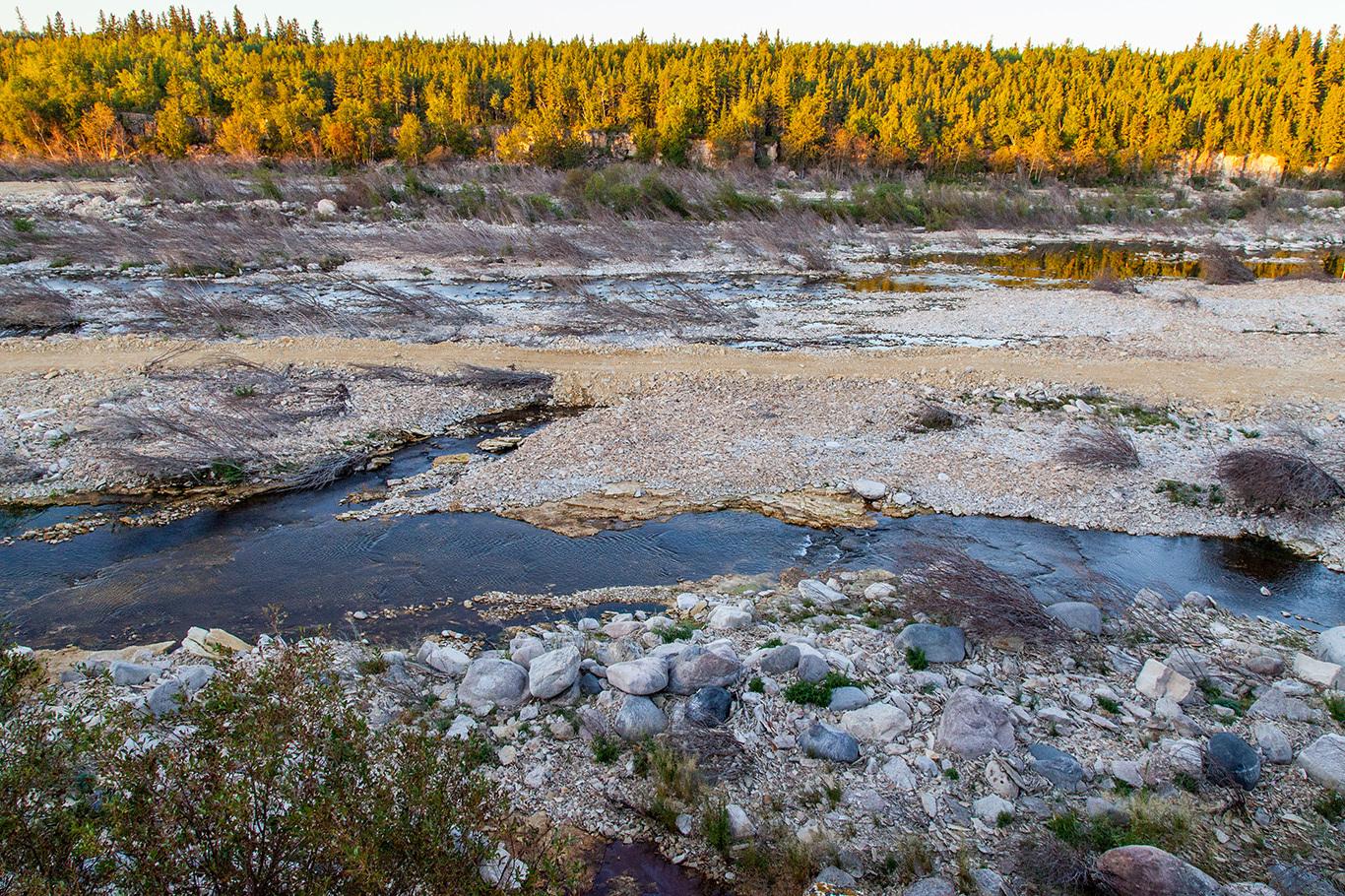
Kerry: We hear about the toxic levels of methylmercury invariably created from reservoir floodwaters. Methylmercury is known to contaminate fish and wildlife for many decades, exposing nearby communities to high levels of mercury. Less is spoken about the greenhouse gases also emitted from hydro development. One global study, which included the Grand Rapids reservoir, suggested that the greenhouse gas emissions from hydro-created reservoirs is far higher than previously assumed or conveyed, sometimes on par with coalfired plants (Scherer & Pfister, 2016).
Ellen: Researchers found that hydropower reservoirs are emitting 1.3 percent of all human-produced greenhouse gases produced globally. To put this figure in context, that is more than all greenhouse gases produced in Canada annually. The latest study has found human-made reservoirs are producing far more greenhouse gases than previously believed, with most of those emissions in the form of methane, a potent climate-warming gas. More than one million dams exist around the world and thousands of hydro-electric dams are in the planning or building stages, including the controversial Site C dam in British Columbia’s Peace River Valley, which will create an 83-kilometre-long reservoir in an agriculturally rich region of the province. (Narwhal, October 2016)
Kerry: As many partners of the Interchurch Council on Hydropower have shared with us, these hydro-electric projects often proceed without adequate consultation or legitimate consent by Indigenous communities. Whenfishermen or hunters share concerns about the threats of hydro projects to their livelihoods and rights, they are largely ignored. What does social and energy justice mean in the context of hydro development?
Ellen: There is so much harm done to people and their livelihoods, with adverse social and economic effects for people in hydro-affected communities and on the natural world around them. My focus in working on energy justice is to speak on behalf of those whose voices are not heard by the people in the cities and towns so far removed from the actual destruction—nor by stubborn corporation executives and engineers who close their ears to these cries for justice. This includes the gendered impacts of hydro and other resource extraction, when primarily male workers are brought to camps near Indigenous communities and create insecurity for women and families. Bringing attention to the fact that hydro is not clean is an essential part of my work.
Climate change is an urgent challenge—Canada needs to move away from fossil fuels towards different energy sources. But it is difficult to say which is the better energy option because they are all destructive in some form. Geothermal, solar, wind and water energy sources each in their own way cause damage to the environment.
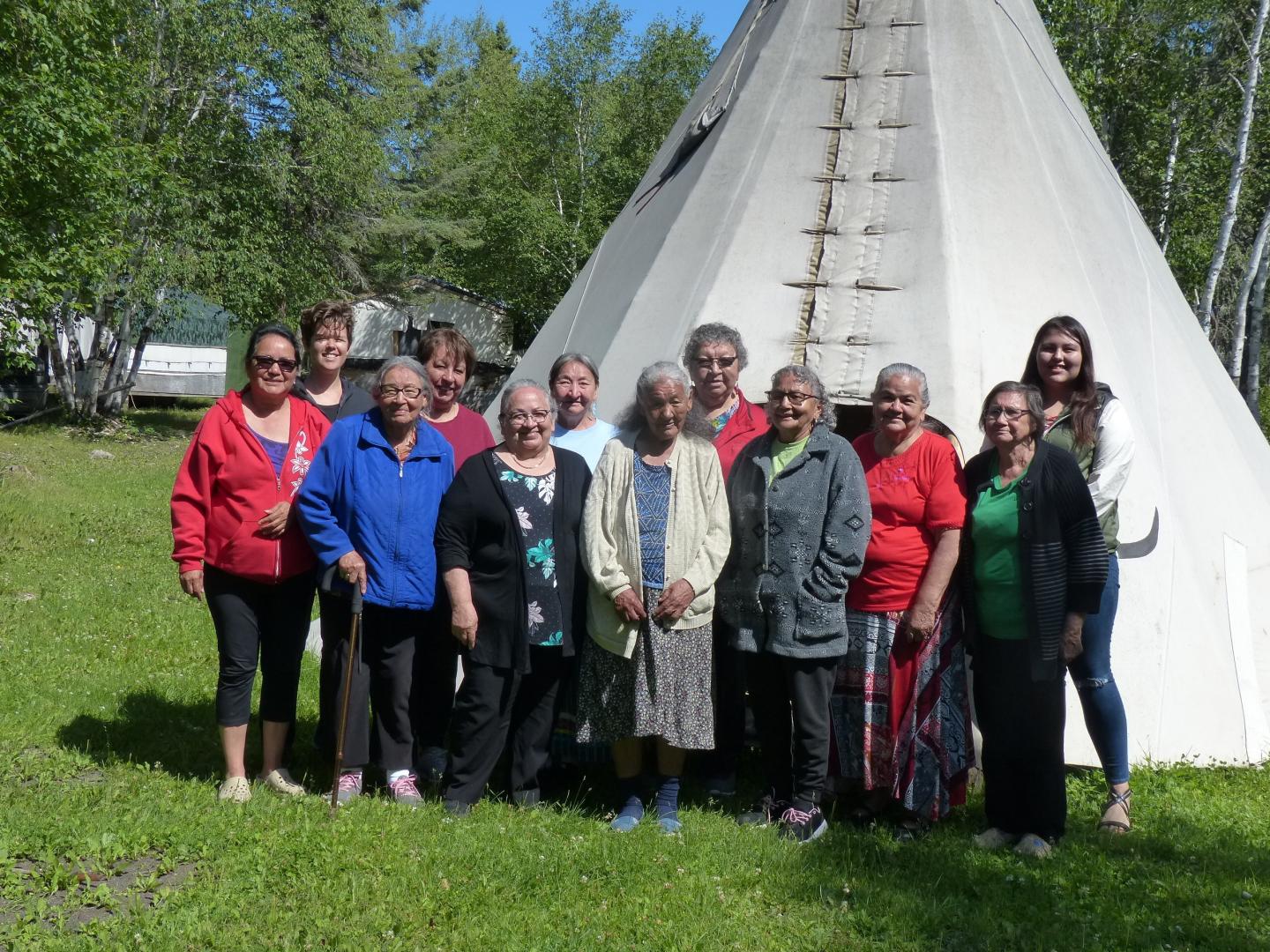
Kerry: One approach is to invest in options that have the least environmental impact, particularly on the climate, while yielding the most cost-benefit in energy. For example, a study of the Kennebec River in Maine estimated that the cost of removing 14 dams to open the way for fish species and replacing them with the equivalent production in photovoltaic solar energy is altogether less than the average construction of a new dam. (Sharma & Waldman, 2021) This certainly raises questions about the cost-effectiveness of large-scale hydro development. Yet, as you point out, all energy sources cause damage to the land and water to some degree. What are your suggestions for ensuring a transition away from fossil fuels does not cause further injustices?
Ellen: Damage to the earth damages us—our lifeways, food and economy. It hurts us spiritually, emotionally and even physically. It breaks my heart whenever I see one tree taken down by the flooding and ongoing water fluctuations from these dams. So, protecting the environment and truly listening to our knowledge is key to respecting Indigenous rights. We must limit the use of fossil fuels because I do not believe the oil producers will ever stop selling oil. It is too lucrative a business and is very competitive. We must use energy efficient appliances, limit electricity usage, use LED lights, limit use of plastic, recycle and avoid petroleum-based products. The damage to the environment when extracting oil from the tar sands and the amount of water polluted by extracting natural gas or oil through fracking is reprehensible. Carbon emissions from fossil fuels far outweigh the damage done by solar, wind and geothermal, which are sustainable forms of energy because they never get depleted. I recently heard that Reykjavík in Iceland uses geothermal to heat almost 100% of the buildings in the city. In order to minimize carbon emissions, I think there needs to be a combination of methods for energy rather than dependence on fossil fuels and hydroelectricity. Change must happen if we want to save the environment and stop injustice.
Ellen Cook is co-chair of the Interchurch Council on Hydropower and is from Misapawistik (Grand Rapids) First Nation in Manitoba. Kerry Saner-Harvey is MCC Manitoba Indigenous Neighbours program coordinator.
MCC’s work with hydro-related justice goes back to the 1970s with Project North and the Aboriginal Rights coalition. After the Churchill River Diversion was created and it massively re-engineered the natural northern watershed, the Interchurch Task Force on Northern Flooding was created. The name of the task force has since been changed to the Interchurch Council on Hydropower (ICH), with representatives from differing faith backgrounds. ICH seeks to follow the lead of Indigenous friends and partners, like Ellen Cook, whose lives and communities have been greatly affected by hydro.
Many of us in the southern part of the province have little awareness of where our energy comes from. Or we trust the message that our energy is clean and green. Unfortunately, the reality is much more complicated. ICH seeks to help the church engage in conversations about hydro and to hold Manitoba Hydro accountable for its policies and decisions, calling them to respect the free, prior and informed consent of First Nations communities as well as to protect their land and livelihoods.
This work is becoming even more important as the impacts of climate change continue to grow. MCC offices on Treaty 1 territory also consume hydroelectricity from the north. As Christians and as a peacebuilding organization, it is important to ensure that when there are resources we benefit from, there is also justice for the people and land where those resources come from. You can learn more on the ICH website, hydrojustice.org.
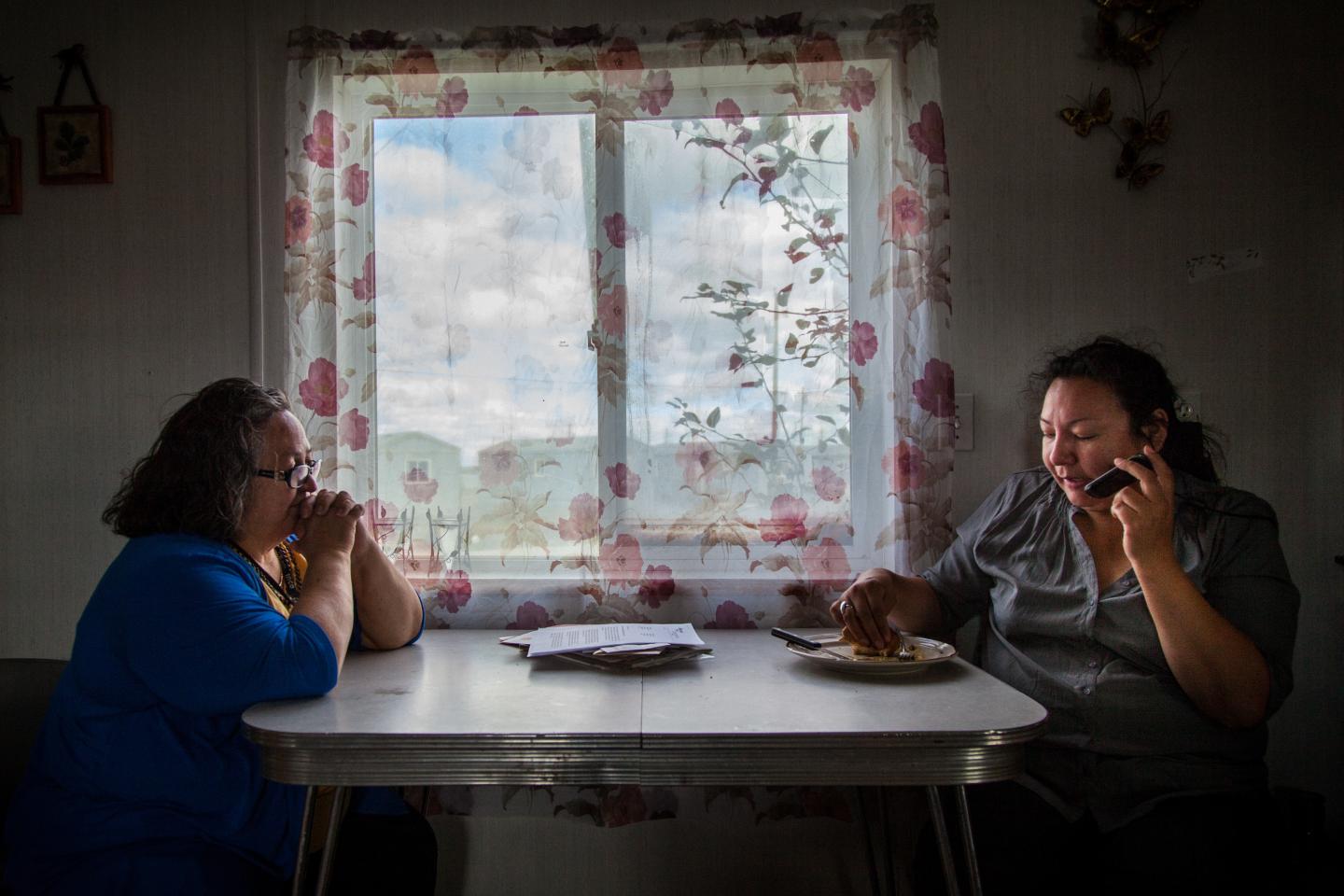
Header photo caption: The spillway of the Grand Rapids Dam holds back a 30-metre high wall of water in Cedar Lake (left). ICH photo/Matthew Sawatzky

